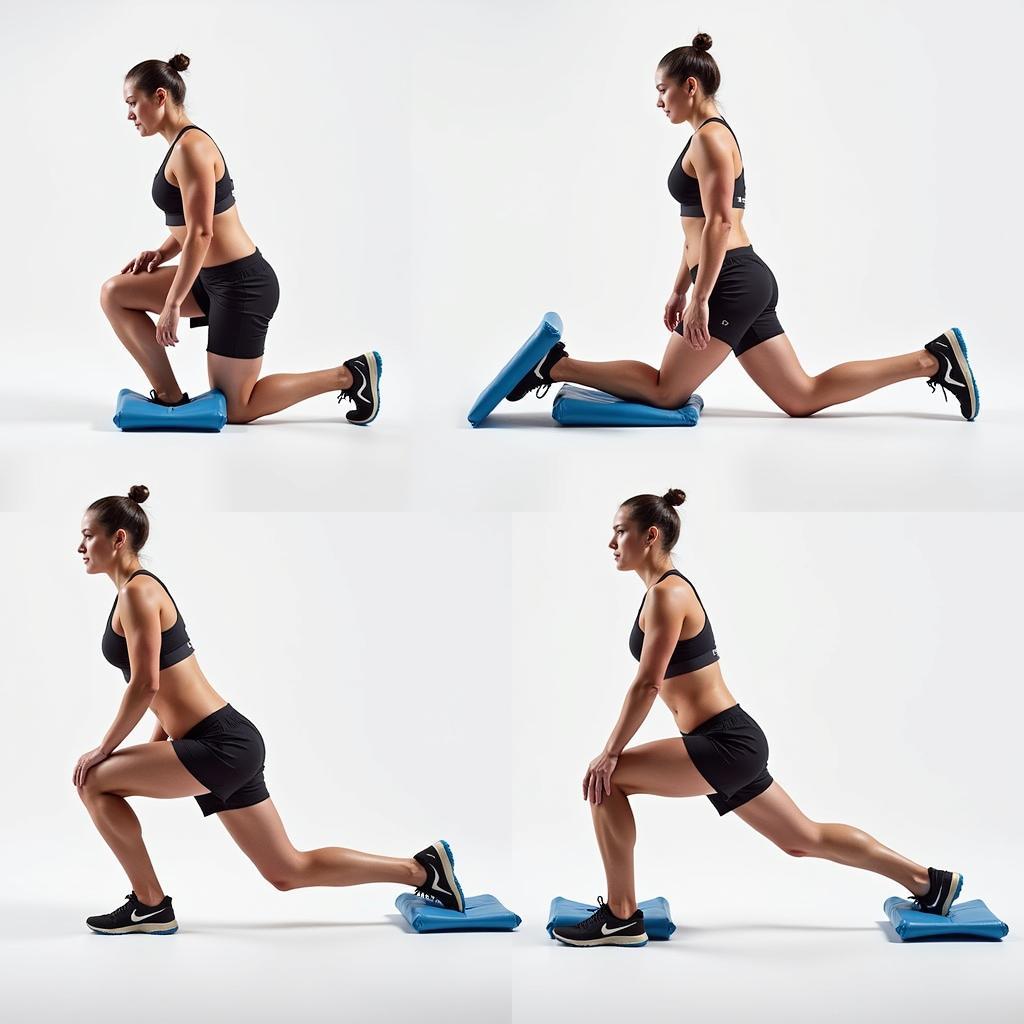Water Bags for Training: The Ultimate Guide for Effective Workouts
Water Bags For Training, also known as water filled dumbbells or aqua bags, have gained immense popularity in recent years as a versatile and effective fitness tool. Unlike traditional weights, water bags offer a unique and dynamic challenge that can enhance your workouts in numerous ways.
 Water bags for training in different sizes
Water bags for training in different sizes
The Science Behind Water Bag Workouts
The effectiveness of water bags lies in the unstable nature of water. As you lift, swing, or press the bag, the water inside constantly shifts, forcing your muscles to work harder to stabilize and control the movement. This instability engages more muscle fibers, including those responsible for stability and coordination, leading to improved overall strength, balance, and core activation.
Benefits of Using Water Bags for Training
Compared to traditional weights, water bags offer a range of advantages that can significantly impact your fitness journey:
- Increased Muscle Activation: The constant shifting of water forces your muscles to work harder, leading to greater muscle engagement and faster results.
- Improved Core Strength: The instability of the water bag requires your core muscles to engage continuously, strengthening your abdominal and lower back muscles.
- Enhanced Balance and Coordination: The unpredictable movement of the water challenges your balance and coordination, improving your proprioception and body awareness.
- Reduced Risk of Injury: The dynamic nature of water bag training helps improve joint stability and reduces the risk of impact-related injuries often associated with traditional weights.
- Versatile and Adaptable: Water bags can be used for a wide range of exercises, from squats and lunges to shoulder presses and bicep curls, making them a versatile tool for full-body workouts.
 Athlete performing lunges with a water bag
Athlete performing lunges with a water bag
Choosing the Right Water Bag for Your Needs
Water bags come in various sizes and weight capacities. When choosing a water bag, consider your fitness level and training goals. It’s best to start with a lighter weight and gradually increase the weight as you get stronger.
- Beginners: Opt for a bag weighing 5-10 kg.
- Intermediate Trainees: Consider a bag weighing 10-20 kg.
- Advanced Athletes: Choose a bag weighing 20 kg or more.
Incorporating Water Bags into Your Fitness Routine
Water bags can be easily integrated into your existing workout routine. Here are some effective exercises you can try:
- Water Bag Squats: Hold the water bag in front of your chest while performing squats.
- Water Bag Lunges: Hold the water bag at your side while performing lunges.
- Water Bag Shoulder Press: Lift the water bag overhead from a standing or seated position.
- Water Bag Bicep Curls: Curl the water bag upwards, keeping your elbows tucked in.
- Water Bag Russian Twists: Sit with your knees bent and feet elevated, twist your torso from side to side while holding the water bag.
 Various water bag exercises for a full-body workout
Various water bag exercises for a full-body workout
Conclusion
Water bags offer a unique and challenging approach to fitness training, delivering a wide range of benefits for individuals of all fitness levels. By incorporating water bags into your workout routine, you can enhance muscle activation, improve core strength and balance, and reduce the risk of injury. Embrace the dynamic and engaging experience of water bag training and unlock your full fitness potential.

